This week, the Arab League voted to reinstate Syria’s membership, ending the suspension it imposed in 2011 in response to the Assad regime’s violent repression of peaceful protests. The vote marks a turning point in the normalization of the Assad regime. It is the culmination of a yearslong campaign by the leaders of the United Arab Emirates, Oman, and Jordan to re-engage with Syrian President Bashar al-Assad, hoping that the lure of normalization will be more effective than sanctions in persuading him to address regional concerns, with refugees and drug trafficking at the top of their agenda.
Assad’s normalization has not yet delivered much in the way of tangible outcomes either for his regime or for his Arab counterparts. Whether it will ever do so is uncertain, despite the hype surrounding the Arab League vote. Yet it would be a mistake to view the league’s decision as sound and fury, signifying nothing. Taken on its own, normalization can perhaps be written off as the recognition by Arab regimes, however grudging, that Assad cannot be wished away and must be dealt with, if only to limit his ability to impose costs on his neighbors.
When seen as one piece of a larger regional puzzle, Assad’s resurrection is more significant. His return to the Arab fold marks the ongoing consolidation of what can only be described as a new regional security architecture, a framework for managing rivalries that is perhaps the most significant shift in regional dynamics since the U.S. invasion of Iraq. Alongside other steps that have narrowed regional divides — between Iran and Saudi Arabia; Qatar and its counterparts in the Gulf Cooperation Council; Turkey and Arab rivals such as Egypt; Israel and Lebanon over maritime issues; or Israel, the UAE, and Bahrain — Syria’s normalization is an additional step toward the de-escalation of intractable regional conflicts. The effects of this shift are also evident in Yemen, where Saudi-Iranian rapprochement has made possible the longest ceasefire yet in the country’s decade-long civil war.
In moving toward constructive engagement, regional actors have seemingly elevated pragmatism and realism over the geopolitical and sectarian cleavages that have divided them for decades. This shift, however, does not imply the beginnings of a warm peace among Arab adversaries or between Arab regimes and Iran. It does not signal that tensions between Assad and the regimes that just a few years ago worked to overthrow his regime have diminished. Jordan struck a narcotics production site in southern Syria even before the ink on the Arab League vote had dried. Nor will a superficially inclusive regional security order mitigate hostility between Iran and Israel: it may have the opposite effect by increasing Israeli perceptions of vulnerability.
What this emerging security architecture does indicate is how regional actors are responding to broader geopolitical shifts, notably the diminished role of the United States in the Middle East and an increasingly multipolar international order. These changes left Arab regimes bearing a greater share of the regional security burden, enabled them to downgrade U.S. priorities in managing regional threats, and expanded possibilities to look beyond the United States, including to China, to bridge regional differences. If the framework that has emerged from these conditions will not end regional divisions, it may yet serve to prevent durable rivalries from boiling over into open conflict. If it does, the West may witness a historic first for the Arab world: the formation of a locally organized, post-Cold War, post-Pax Americana security framework.
Whatever its fate, this evolving security landscape raises fundamental questions about the U.S. role in the Middle East. Where does the United States fit in a regional order that challenges many of the pillars of U.S. Middle East policy? For decades, U.S. policy has been based on the premise of shared assumptions about Iran’s threat to regional stability on the part of both Israel and pro-Western Arab regimes. Its regional strategy has sought to contain Iran, weaken its regional clients, and support Arab partners. The Abraham Accords were celebrated in the United States and Israel in part as signaling a convergence of interests among former adversaries that the Iranian threat had eclipsed residual commitments to Palestinian statehood. Now, with Saudi-Iranian rapprochement, Assad’s normalization, signs of movement in resolving the impasse over Lebanon’s presidency, and new momentum in regional diplomacy more broadly, the assumptions underlying decades of U.S. policy seem increasingly out of sync with regional trends.
The impacts of this shift on the United States are already visible. In the past, the United States has seen Arab engagement with the Assad regime as a chance to weaken Iran’s influence in Syria. Arab regimes frequently justified outreach to Damascus on these grounds. That aim was always aspirational. Yet today, it seems to have been discarded entirely: Arab regimes have apparently accepted Iran’s role as a regional actor and acknowledged, if only tacitly thus far, the legitimacy of its regional presence. No starker example of this can be seen than in the visit of Iran’s President Ebrahim Raisi to Syria just days before the Arab League restored Syria to full membership — with barely a murmur of criticism about the visit from Arab capitals.
These rapid shifts in regional diplomacy have left the Biden administration scrambling. CIA Director William Burns traveled to Riyadh to express U.S. displeasure at being kept at arm’s length while China brokered the renewal of Saudi-Iranian ties. In a recent speech, however, National Security Advisor Jake Sullivan claimed a leading role for the United States in facilitating recent developments. Yet his comments could not conceal how little U.S. interests now seem to matter in the strategic calculus of regional actors. Sullivan barely mentioned Syria, for example, whether the United States had pushed back against its return to the Arab League, and how the United States might shore up faltering efforts to hold the Assad regime accountable for its ongoing complicity in mass murder, war crimes, and crimes against humanity. His references to U.S. support for democracy in the Middle East were listless throwaway lines from an administration that seems all too willing to view the Middle East as somebody else’s problem.
How much further regional realignments will go remains to be seen. Whether they produce lasting change on the ground is still uncertain. As long as the United States and European Union maintain sanctions, Syria is likely to remain an economic no-go zone, though we can expect the current sanctions regime to come under increasing pressure. Iran’s standing as a regional actor is now more secure, yet Arab distrust is far too deep to be overcome by renewed Iranian relations with Saudi Arabia. What is clear, though, is that regional dynamics are now revolving around axes that the United States will struggle to influence, despite its continued military presence in the region, its counterterrorism interests, and its commitment to reining in Iran’s nuclear program. In the future, the ability of the United States to advance its regional aims will be more contingent than ever on the goodwill of actors who are charting a course with less reference to Washington’s concerns.
There are many in the Middle East from across the political spectrum who are only too happy to see the United States sidelined. Given Washington’s track record in the region, they can hardly be blamed. If the Biden administration feels otherwise, however, it will need to set a different kind of example and demonstrate that it is prepared to engage more vigorously and more consistently, especially on issues that irritate Arab regimes by actively opposing Assad’s normalization, calling out autocrats, and supporting the region’s beleaguered civic sectors. The alternative is declining American relevance and deeper uncertainty about whether anyone in the region will listen when Washington decides it has something to say.
The Brookings Institution is committed to quality, independence, and impact.
We are supported by a diverse array of funders. In line with our values and policies, each Brookings publication represents the sole views of its author(s).

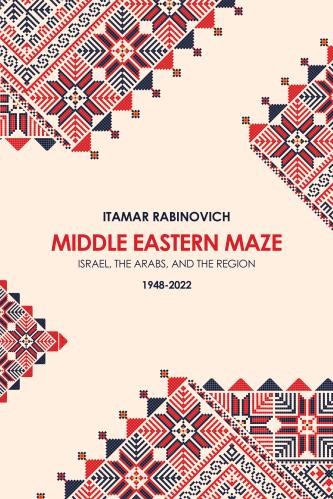
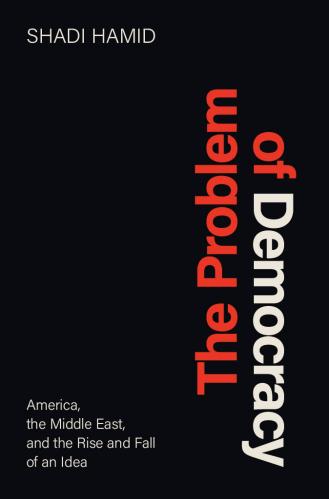
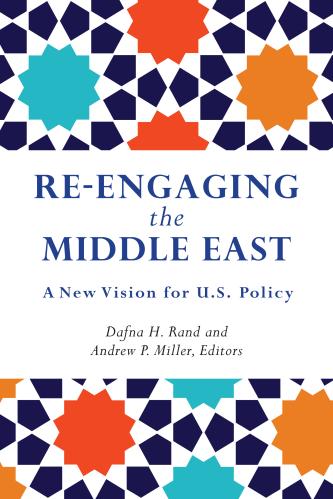

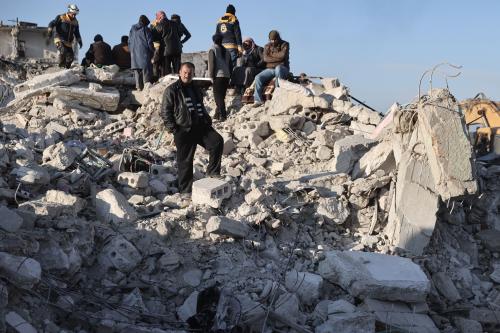


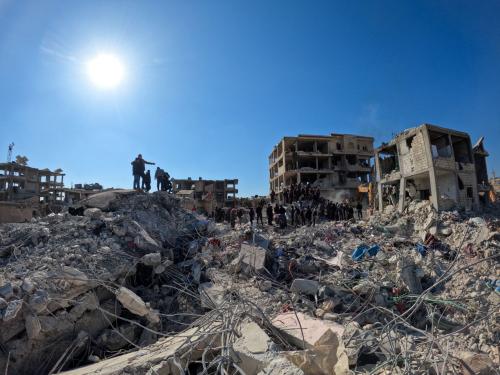
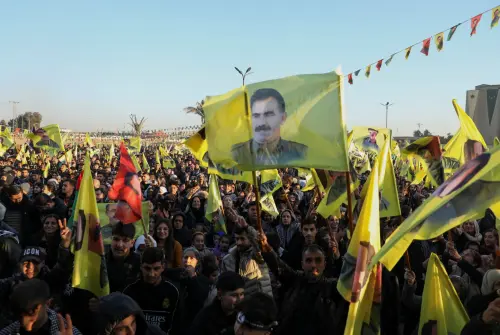
Commentary
Syria’s normalization signals a new Middle Eastern order
May 10, 2023